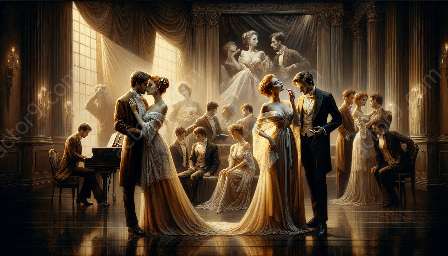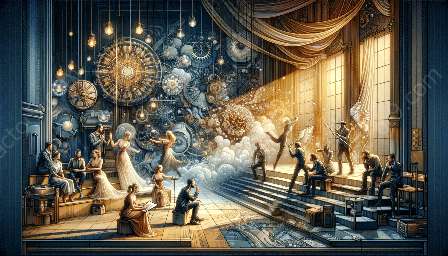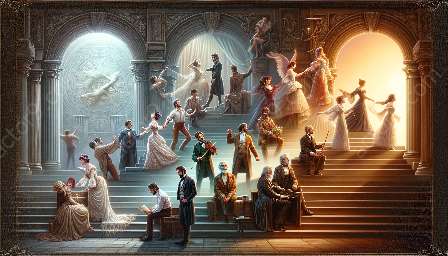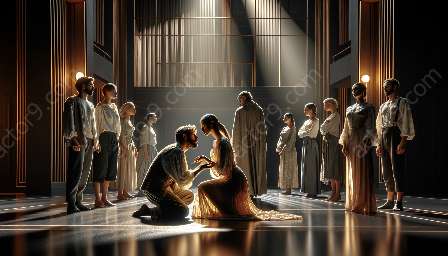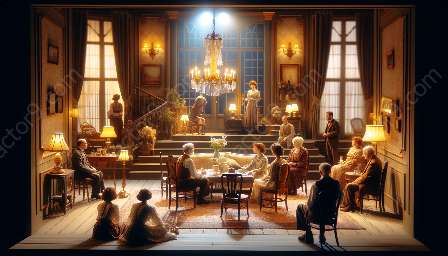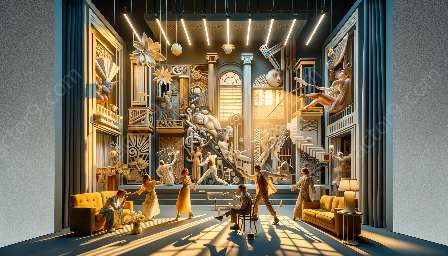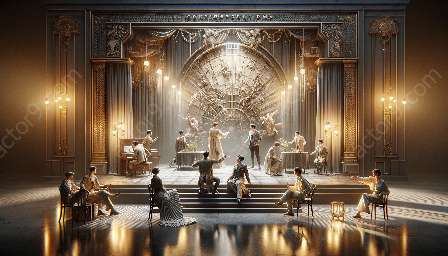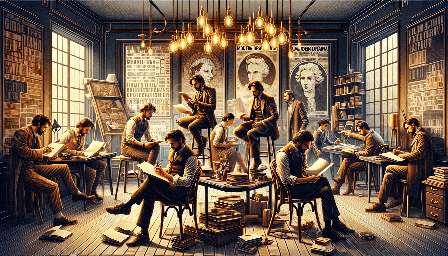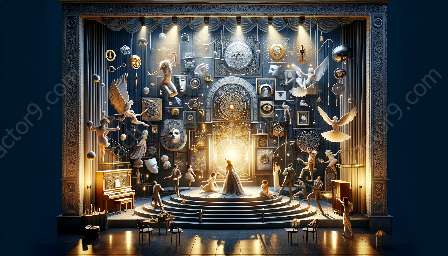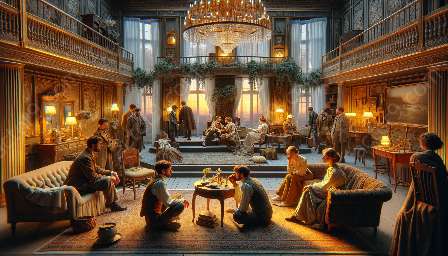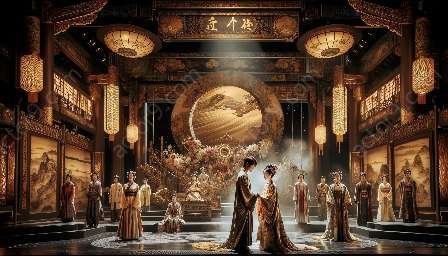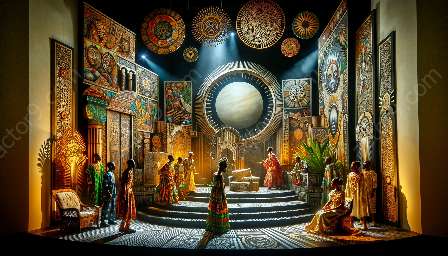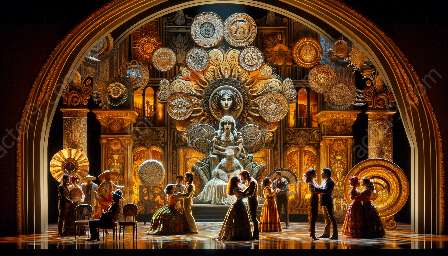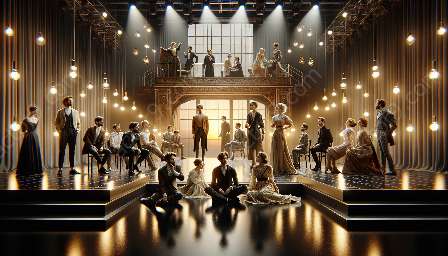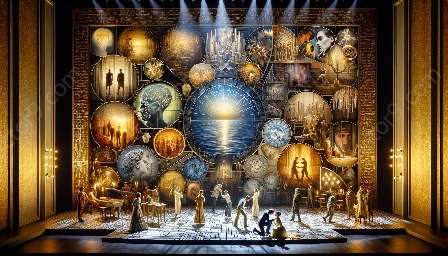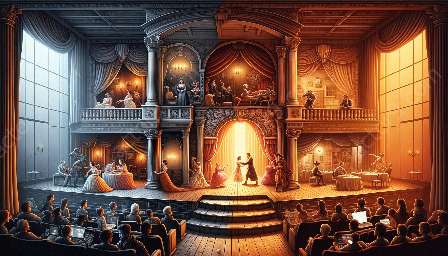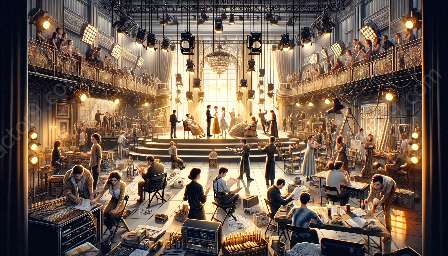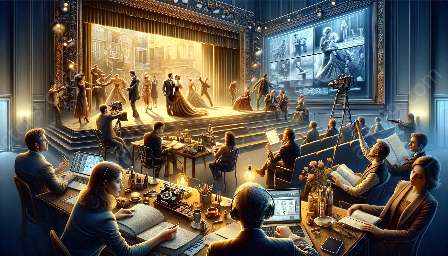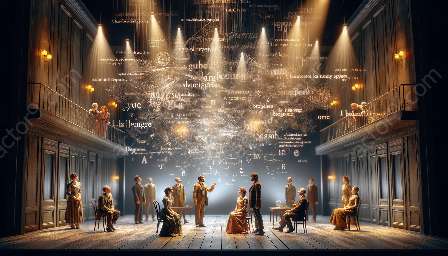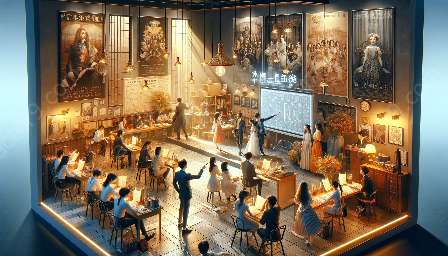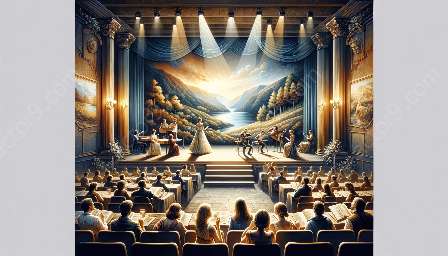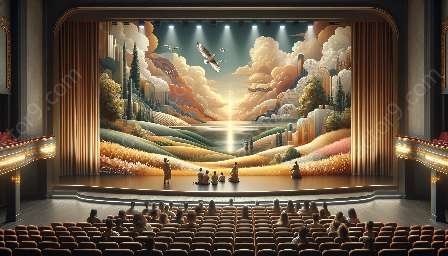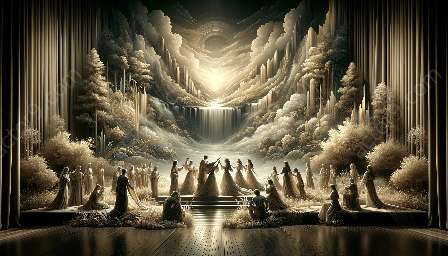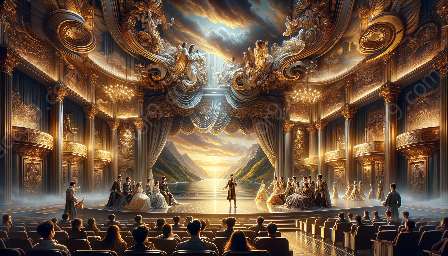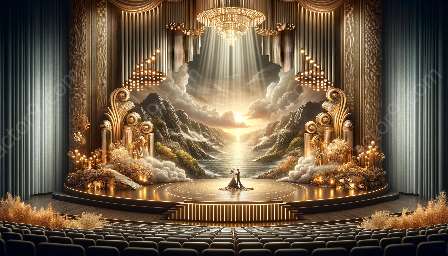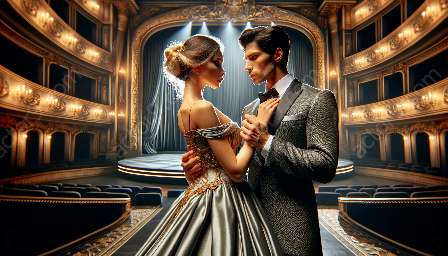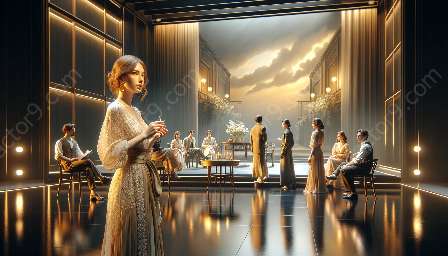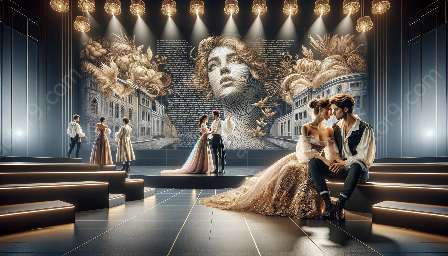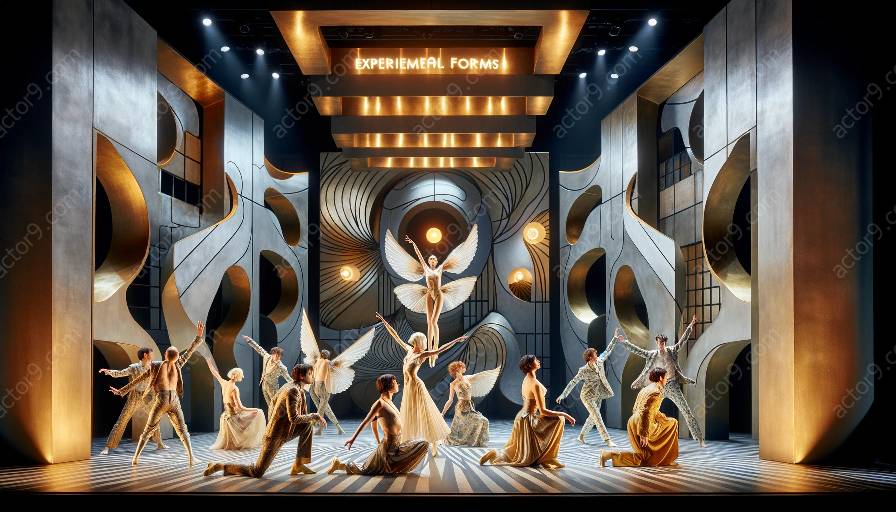Modern experimental theater has delved into innovative forms of expression, with the utilization of physical movement serving as a significant component. The exploration of physical expression, particularly in the context of modern drama, is essential for understanding the evolving nature of theatrical performances. This topic cluster aims to delve into the relevance of physical expression in modern experimental theater, its impact on experimental forms in modern drama, and its significance within modern drama.
Understanding Physical Expression in Modern Experimental Theater
Physical expression in modern experimental theater involves the use of the body as a primary tool for conveying narratives, emotions, and themes. Unlike traditional theater, modern experimental forms often prioritize the movement and physicality of the performers over dialogue and conventional storytelling techniques. This allows for a multidimensional approach to expression, as movement can embody a range of complex emotions and abstract concepts.
Relevance to Experimental Forms in Modern Drama
In the realm of modern drama, experimental forms seek to push the boundaries of traditional theatrical conventions. Physical expression plays a pivotal role in this endeavor, as it offers a unique mode of communication that transcends linguistic and cultural barriers. By incorporating innovative movement techniques and choreography, experimental theater can challenge audiences to engage with narratives in unconventional ways, prompting introspection and critical analysis.
Impact on Modern Drama
The impact of physical expression on modern drama is profound, as it enables the exploration of themes that may be too complex or abstract for verbal articulation alone. Through the integration of movement, modern drama can address social, political, and existential inquiries in a visceral and immediate manner, fostering a deeper connection between the performers and the audience. This form of expression also contributes to the evolution of theatrical aesthetics, pushing the boundaries of what constitutes a compelling and immersive theatrical experience.
Conclusion
Exploring movement in modern experimental theater unveils the immersive and transformative potential of physical expression within the realm of modern drama. As experimental forms continue to evolve, the utilization of physical movement as a primary means of communication will undoubtedly shape the future of theater, challenging conventional norms and inspiring audiences to engage with narratives in innovative and thought-provoking ways.

